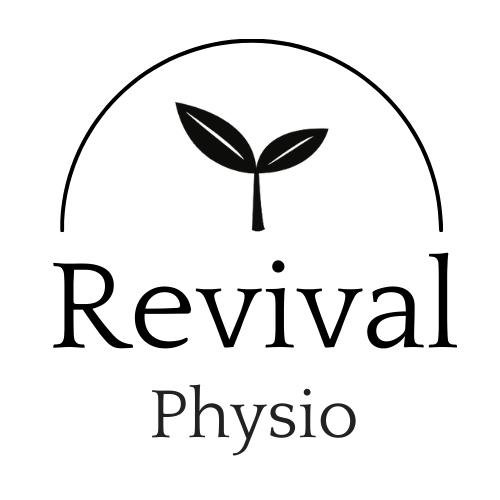Neck Pain: How Physiotherapy Provides Relief and Recovery
Causes of Neck Pain:
Muscle Strain: Overuse or sudden, awkward movements can lead to strain in the muscles and ligaments of the neck. Poor posture, sleeping in an uncomfortable position, or carrying heavy bags can contribute to muscle strain.
Poor Posture: Prolonged periods of sitting or standing with poor posture can result in neck pain causing forward head posture. The more forward your head is the more stress it puts on your cervical spine and neck muscles. This is common for individuals who work at desks or use electronic devices for extended periods without break.
Muscle Tension and Stress: Emotional stress and tension can cause the muscles in the neck and shoulders to tighten, leading to discomfort and pain.
Herniated Disc: A herniated or bulging disc in the cervical spine can put pressure on nerves, causing pain in the neck and possibly radiating pain down the arms.
Degenerative Disc Disease: Over time, the discs in the spine can degenerate, leading to conditions like osteoarthritis or degenerative disc disease, which can contribute to neck pain.
Whiplash: Sudden acceleration or deceleration, commonly occurring in car accidents, can cause whiplash. This sudden movement can strain the muscles and ligaments in the neck.
Cervical Spondylosis: This age-related condition involves wear and tear on the spinal discs and joints in the neck, leading to pain and stiffness.
Pinched Nerve: Compression or irritation of a nerve in the neck can cause pain that may radiate down the arm. This can be caused by conditions like herniated discs or bone spurs.
Osteoarthritis: The breakdown of cartilage in the joints of the neck due to aging can lead to osteoarthritis, causing pain and stiffness.
Ways Physiotherapy Can Help:
Assessment and Diagnosis: Physiotherapists start by conducting a thorough assessment to identify the specific cause of neck pain. This includes reviewing the patient's medical history, assessing posture, and examining range of motion and muscle strength.
Pain Management: Physiotherapists use various techniques to manage pain, including manual therapies such as massage, joint mobilization, and trigger point release. Modalities like heat or cold therapy may also be employed for pain relief.
Exercise Prescription: Tailored exercise programs are designed to strengthen and stretch the muscles supporting the neck. These exercises aim to improve posture, increase flexibility, and enhance overall neck function, reducing the risk of recurrent pain.
Manual Therapy: Hands-on techniques, including spinal mobilization and manipulation, can be used to improve joint mobility, reduce muscle tension, and alleviate pain. These interventions are often targeted at specific areas of the neck and upper back.
Postural Education: Physiotherapists educate patients about maintaining proper posture during daily activities, including sitting at a desk, using electronic devices, and lifting objects. Improved posture can help prevent strain on the neck.
Ergonomic Advice: Recommendations for ergonomic modifications at work or home may be provided to ensure that the patient's environment supports a healthy neck. This includes advice on desk and chair setup, computer monitor height, and other ergonomic considerations.
Neck Stabilization Exercises: Strengthening exercises for the neck's stabilizing muscles can be prescribed to enhance the overall stability of the cervical spine, reducing the risk of injuries and improving control of head movements.
Stretching and Range of Motion Exercises: Specific stretches and range of motion exercises help improve flexibility in the neck muscles and joints. This can reduce stiffness and enhance the overall function of the cervical spine.
Acupuncture, Dry Needling or Cupping: To release tension and improve tension around the neck
Patient Education: Physiotherapists empower patients with knowledge about their condition and self-management strategies. This includes education on proper body mechanics, lifestyle modifications, and techniques for preventing future neck pain.
Relaxation Techniques: Techniques such as deep breathing, relaxation exercises, and stress management can be incorporated to address tension-related neck pain and promote overall well-being.
Gradual Progression of Treatment: Physiotherapists often design treatment plans that gradually progress as the patient improves. This may involve advancing exercises, introducing new techniques, and monitoring changes in symptoms.


